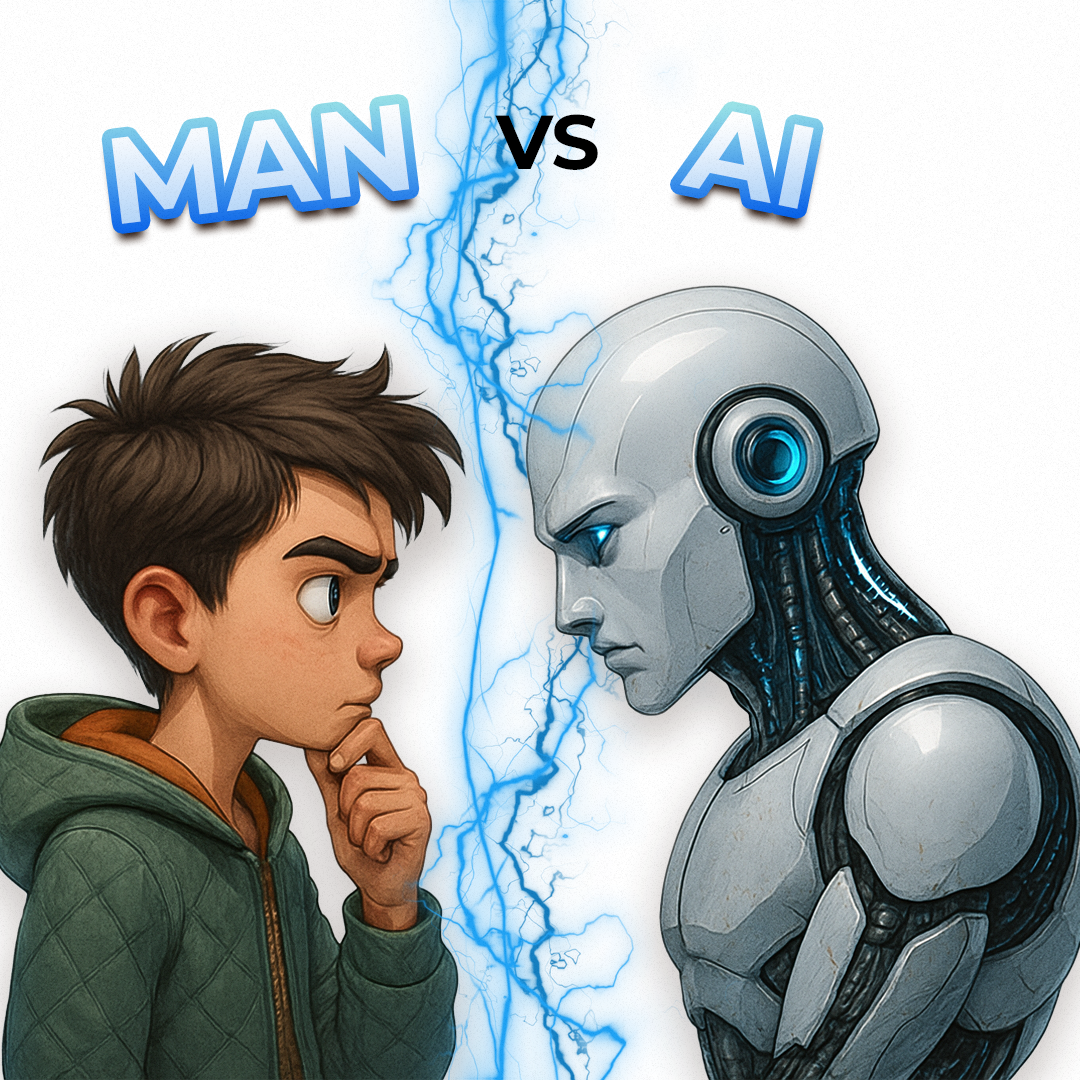“The internet without middlemen!”
“Money that only you control!”
“No more corporate overlords!”
Web3 wrapped itself in these slogans, selling the dream of a free and open internet. A digital world without gatekeepers, where power belongs to the people, not to platforms. The concept had the potential to be a game-changer. But freedom turned out to be messy.
Technology meant to break the chains quietly forged new ones. Power didn’t disappear, it just switched hands. The old rules crumbled, but new ones emerged, disguised as “decentralization.” And instead of tearing down elites, Web3 built its own, only with shinier labels.
So, is Web3, the much-hyped revolution of a decentralized internet, a step toward utopian innovation or a path to digital dystopia?
Read-Write-Own
Think of the internet as a city. Web 1 was like a library where you could only read pages without interacting with them. With the appearance of Web2, that library was turned into a shopping mall. Platforms like Facebook, YouTube, and Amazon enable you to post, comment, and make purchases. However, the mall owners (big tech) control all the doors and cash registers. Web3, on the other hand, promises to turn this mall into an open-air market. No single owner. No centralized control. Every stall is run by its owner, and each person has the keys to their own shop.
Technically, Web3 is built on blockchain, the same technology that powers Bitcoin and Ethereum. It doesn’t store data on a single company’s servers, but across thousands of independent computers, forming a distributed network. This means no single player can “pull the plug” or take away your data. In theory, you control your digital assets, your money, and even your identity. Ownership becomes the priority.
In theory, it feels like a pure digital democracy. However, running an open-air market comes with its own set of problems, including chaos, complexity, and new gatekeepers hiding behind the promise of freedom.
Decentralized dream, centralized reality
Web3 promises a world without central authorities. Control shifts from a single central hub to a network where everyone holds an equal share. Sounds like a good plan, but the dream of a fully decentralized blockchain falls apart when you look at how it’s used today. For instance, Ethereum is praised as the backbone of smart contracts. In theory, it’s a decentralized network. In reality, most people connect to it through centralized gateways like Infura or Alchemy, making these services the real bridges between users and the blockchain.
When the very tools that link users to decentralized networks operate under centralized control, the promise of Web3 falls flat. Instead of removing middlemen, we’re simply handing the keys to a new set of gatekeepers. We saw this in 2020, when Infura went offline, and Ethereum wallets, as well as dApps across the web, were paralyzed. So here is the irony we’ve been waiting for. A single outrage in one company’s service was enough to disrupt half of the “decentralized” web.
Even Moxie Marlinspike, creator of Signal, pointed out this flaw back in 2022. He argued that most people, even companies, don’t want to manage their own servers. As a result, Web3 keeps drifting back to centralized platforms like Infura, Coinbase, or OpenSea. The vision of a truly decentralized internet isn’t realistic in its pure form, because convenience and infrastructure push users back into centralization.
Transparency without privacy
One of Web3’s selling points is transparency. Every transaction, contract, or interaction is recorded on a public ledger. In theory, this builds trust as nothing is hidden, and everything can be verified. But this promise has a downside since it exposes users to risks that traditional financial systems typically shield them from.
In traditional banking, your purchases are like conversations whispered to your bank. They are private and forgotten once settled. In Web3, every purchase is shouted out in a crowded square. The names may be masked with codes (wallet addresses), but anyone who listens long enough can piece together who you are and what you’ve been doing. What was once private becomes permanently traceable.
And this isn’t just a theory. It’s already being exploited. In one high-profile case, attackers analyzed wallet activity on OpenSea to pinpoint wealthy NFT holders. As a result, a phishing scheme stole over $1.7 million worth of digital assets. The very transparency meant to build trust also opens the door to surveillance and targeted attacks.
To make matters worse, Web3 lacks the consumer protections we take for granted in centralized systems. There are no credit card chargebacks, no dispute resolution, and no root proof of authenticity. This means that any fraudulent or malicious data can be permanently written into the blockchain without a trusted authority to verify its legitimacy.
A nightmare UX
Web3 loves to talk about freedom. But freedom comes with a manual, and it’s 20 pages long. Wallets, seed phrases, gas fees, for most people, it’s a jungle of strange words and unclear rules. The learning curve, especially for ordinary users, is steep and unforgiving. If, unfortunately, one loses a password, in the case of Web2, a simple click on the “reset” button would do it. However, in Web3, there’s no reset. Losing the private key means your assets are gone forever, with no way to recover them. This is another reason why most people avoid self-custody and choose centralized platforms. Even though it contradicts the very idea of decentralization. Freedom is great, but now, when a single mistake can cost you everything.
The convenience paradox
Web3 activists love the idea of moving from solely reading to massively owning. But the truth is that most people don’t want that kind of responsibility. Managing wallets, memorizing seed phrases, and navigating decentralized apps is stressful. When faced with the choice, users trade sovereignty for convenience every time.
Centralized exchanges and custodial wallets thrive for this reason. The fall of FTX in 2022 made the problem impossible to ignore. For months, the crypto community shouted warnings about the danger of leaving funds on centralized exchanges. Yet users kept millions there, unwilling to face the headache of handling private keys themselves. When FTX imploded, billions in assets were frozen overnight. This collapse proved one thing. The idea that everyone will embrace full control of their digital life is more fantasy than future.
Final thoughts
Web3 promised freedom and true ownership, but what it delivered is complexity, risk, and new power players in disguise. Until it becomes as simple and safe as the web we already use, it will stay an unfinished experiment rather than a revolution.




